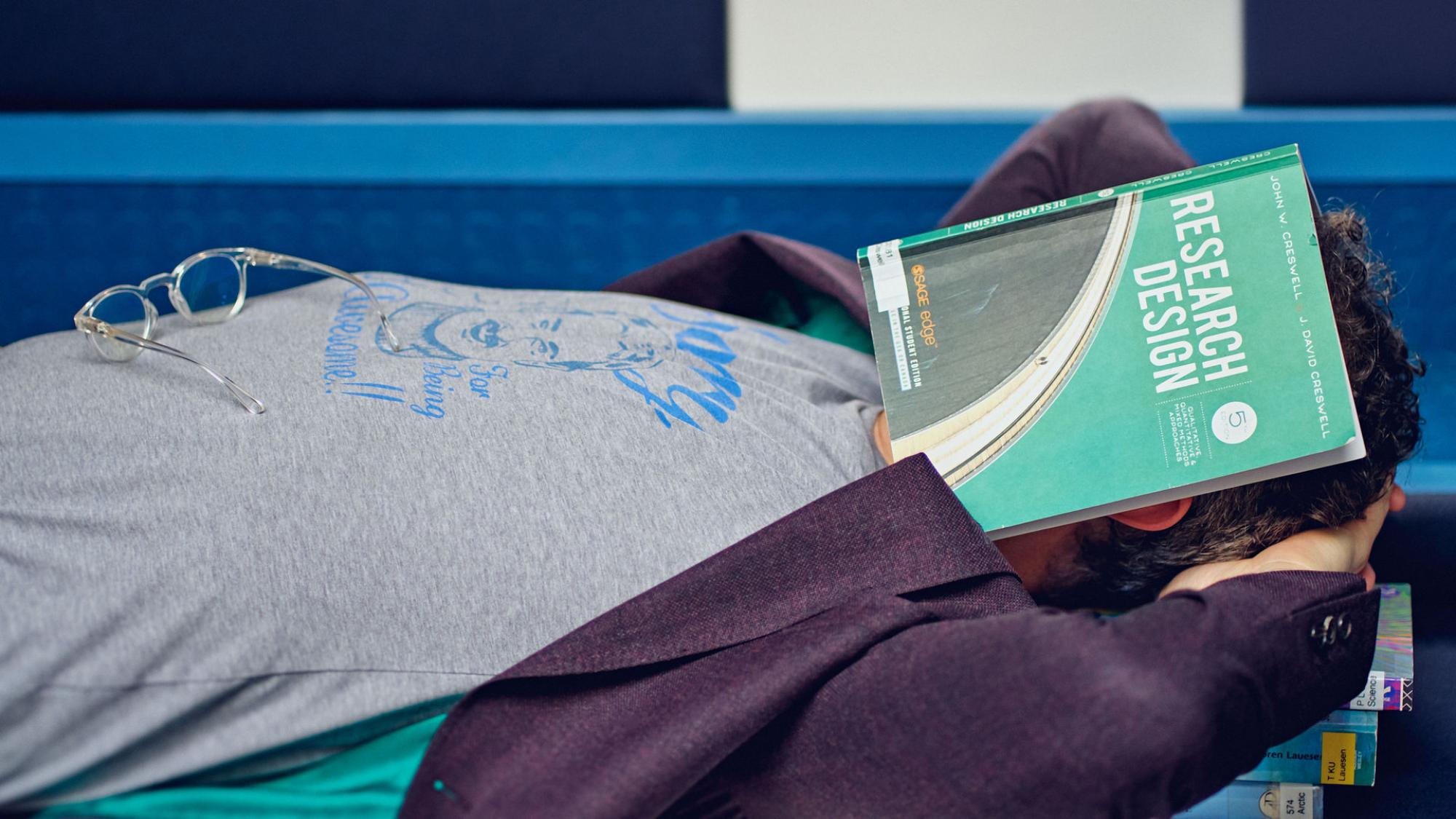Night owls may earn less than early birds – study reveals connections between circadian rhythm and income level

Chronotype refers to an individual's internal circadian rhythm, shaping their sleep patterns and preferred activity times throughout the day. This research delves into the critical but under-explored territory of how, and the mechanisms by which, an individual's chronotype is related to their labor market outcomes.
The researchers from Oulu Business School and the Faculty of Medicine at the University of Oulu used comprehensive data from the Northern Finland Birth Cohort 1966 and Finnish Tax Administration records. This unique data allowed the researchers to examine potential pathways by which chronotype affects wages. In particular, the researchers looked at things such as education, work experience, lifestyle choices and health.
One of the key findings of the study is that evening chronotypes tend to exhibit more of the “bad” characteristics such as alcohol consumption, smoking, low physical activity or lack of exercise, high body mass index (BMI), screen time outside of work and school (e.g. phone, computer), unhealthy diet.
"Evening chronotypes tend to accumulate less human, social, and health capital. On average, accruing less work experience and making poorer choices regarding healthy lifestyle are associated with lower levels of income in middle age," says Dr. Andrew Conlin, a researcher from the Oulu Business School. Among men, this mediated effect of evening chronotype was as much as 4% lower average annual income during a seven-year follow-up.
These observations hold importance both economically and socially, as evening individuals constitute a significant portion of the population, 11% in our sample. We emphasize the importance of recognizing and accommodating individuals' chronotypes in the workplace. The traditional 8 am - 4 pm workday may not align optimally with the activity levels of evening chronotype individuals. They tend to have sleep problems and also may not be working during their most productive period of the day.
“Furthermore, finding solutions to support healthier lifestyle choices among evening type individuals seems important," Professor Leena Ala-Mursula states.
While the researchers stress that the study results should not be interpreted as causal (i.e., being of evening chronotype does not mean the person is certain to have a lower wage), they do hope that their work will encourage further research in this area.
Andrew Conlin, Iiro Nerg, Leena Ala-Mursula, Tapio Räihä, Marko Korhonen. The association between chronotype and wages at mid-age. Economics & Human Biology (50) 2023.